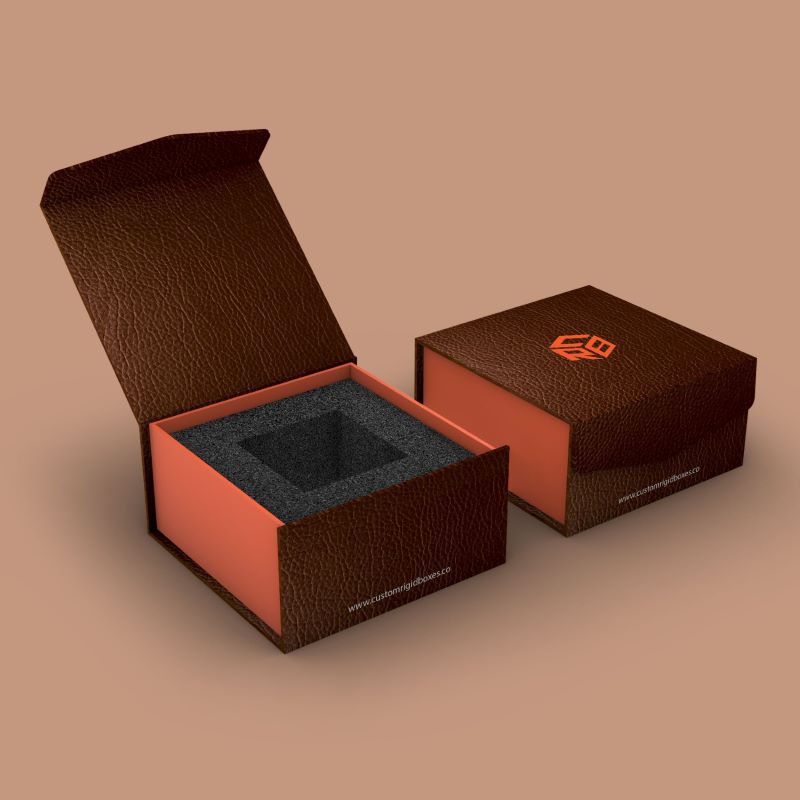


Foldable rigid boxes are revolutionizing the packaging world by combining luxury appeal with unmatched practicality.
In today’s fast-paced e-commerce world, packaging is no longer just about protecting a product—it’s about creating a memorable experience. Consumers, especially in the USA, expect every purchase to come with a sense of personalization and premium care. That’s where foldable rigid boxes step in. They are redefining the standards of packaging by combining sleek aesthetics with practical design.
You’ve probably seen them used in everything from luxury cosmetics to high-end electronics. They’re sturdy, they look elegant, and best of all—they can be flat-packed and shipped easily. Foldable rigid boxes provide the luxurious feel of a premium box while offering the convenience of space-saving storage. Think of them as the Swiss Army knife of packaging: stylish yet supremely functional.
But what exactly makes them so special? Why are more brands, particularly in the United States, making the switch? This article dives deep into the world of foldable rigid boxes, exploring their benefits, use cases, customization options, and how they’re transforming industries from retail to subscription services. Whether you’re a business owner, packaging designer, or curious shopper, you’re about to discover why this packaging trend is here to stay.
Foldable rigid boxes, often referred to as collapsible rigid boxes or flat-pack luxury boxes, are a hybrid packaging solution. They combine the premium quality of rigid packaging with the functionality of folding cartons. Unlike traditional rigid boxes, which are pre-assembled and take up significant storage space, foldable rigid boxes are designed to be folded flat during transit and easily assembled when needed.
These boxes typically consist of a rigid board structure wrapped in printed or textured paper, giving them that upscale, tactile appeal. The folding mechanism usually involves magnetic closures, concealed hinges, or ribbon ties that allow the box to open and close securely without losing its shape.
What’s brilliant about this structure is that while the box appears solid and premium when assembled, it can be collapsed flat to just a fraction of its height, significantly saving on space and shipping costs.
Standard rigid boxes are great for creating a luxurious look and feel, but they come with a major drawback—they’re bulky and non-collapsible. This makes them expensive to ship and store, especially in bulk. In contrast, foldable rigid boxes offer the same visual impact but with better practicality.
So, how do these boxes fold without compromising on their sturdiness? The secret lies in clever engineering. Foldable rigid boxes typically have scored panels that allow the sides to bend inward. Magnets or concealed adhesive strips help lock the structure once the box is assembled. High-quality foldable boxes use strong corner joints and laminated materials to ensure the box doesn’t collapse accidentally during use.
The folding mechanism varies based on design:
Magnetic closure boxes: Often used for luxury products.
Drawer-style foldable boxes: These slide open and are great for tech or jewelry.
Book-style foldable boxes: Ideal for subscription kits or curated gift sets.
This engineering marvel allows for premium presentation with practical usability, making it a game-changer in the packaging world.
One of the biggest advantages of foldable rigid boxes is their space efficiency. For businesses, especially those with limited storage facilities or high product turnover, storing thousands of pre-assembled boxes just isn’t feasible. Foldable rigid boxes come flat-packed, meaning you can store up to five times more units in the same amount of space compared to traditional rigid boxes.
Retailers and e-commerce brands in the US are increasingly switching to foldable packaging to make inventory management more streamlined and cost-effective. When you’re dealing with seasonal spikes, like during the holidays or promotional sales, being able to store large volumes of packaging without renting extra warehouse space is a huge win.
Shipping bulky boxes isn’t just expensive—it’s inefficient. Traditional rigid boxes take up significant space in shipping containers, increasing freight costs and environmental impact. Foldable rigid boxes eliminate this problem by collapsing flat for shipment, allowing for better packaging density.
Despite being collapsible, foldable rigid boxes don’t compromise on aesthetics. Their outer surface can be just as premium and luxurious as traditional rigid packaging. From soft-touch laminates and embossed logos to gold foil stamping and magnetic seals—these boxes scream luxury.
